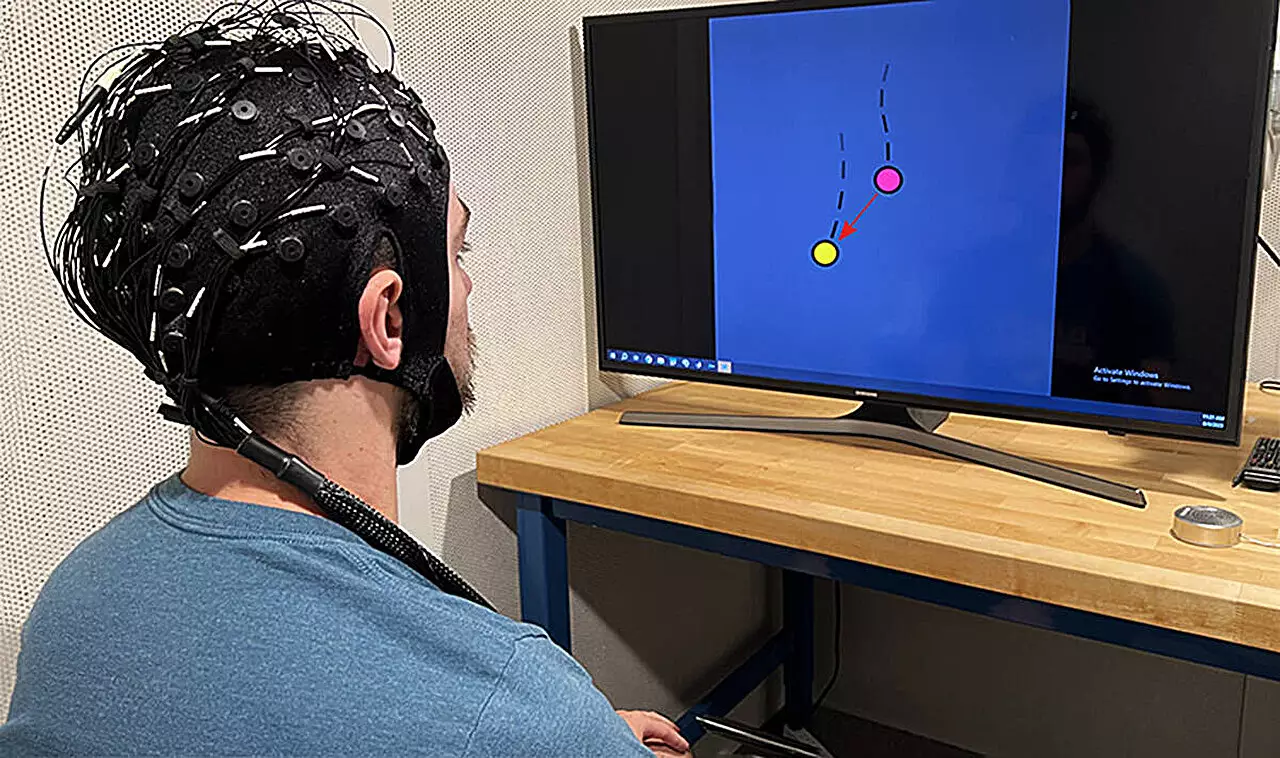The He Lab at Carnegie Mellon University has been at the forefront of research aimed at developing noninvasive alternatives to traditional invasive brain-computer interfaces (BCIs). In a groundbreaking study published in PNAS Nexus, the lab showcased the remarkable capabilities of noninvasive BCIs by demonstrating that individuals could control the continuous tracking of a moving object using only their thoughts. This represents a significant step forward in the field of neuroengineering, showcasing the potential of noninvasive BCIs in revolutionizing human-computer interactions.
Unlike invasive BCIs such as Neuralink or Synchron, noninvasive BCIs offer a host of advantages, including increased safety, cost-effectiveness, and scalability. Noninvasive BCIs have the potential to be utilized by a wide range of patients, as well as the general population, making them more accessible and practical for everyday use. However, one of the primary challenges facing noninvasive BCIs is the accuracy and interpretability of the recorded brain signals.
In a recent study conducted by Professor Bin He and his team, participants were tasked with using a noninvasive BCI to track an object in a two-dimensional space solely through their thoughts. By utilizing electroencephalography (EEG) to record brain activity and applying artificial intelligence to decode human intentions, the He Lab was able to achieve unparalleled levels of performance in object tracking. This innovative approach highlights the potential of AI-powered deep learning in enhancing the functionality and accuracy of noninvasive BCIs.
The implications of this research extend beyond purely academic interests, with tangible applications in the development of assistive technology for individuals with motor impairments. By harnessing the power of AI-powered noninvasive BCIs, the He Lab aims to create advanced robotic devices that can be controlled directly by the user’s thoughts. This technology holds immense promise for individuals suffering from conditions such as spinal cord injury or stroke, providing them with a noninvasive alternative to traditional implants.
Future Prospects and Implications
Looking ahead, the integration of AI-powered noninvasive BCIs into assistive robots could revolutionize the field of neuroengineering and expand the accessibility of advanced technologies to a wider audience. As Professor He emphasizes, the ultimate goal is to develop noninvasive neuroengineering solutions that benefit everyone, regardless of their physical abilities. With ongoing research and innovation in this area, the potential for AI-powered assistive robots to transform the lives of individuals with motor impairments is truly promising.


Leave a Reply